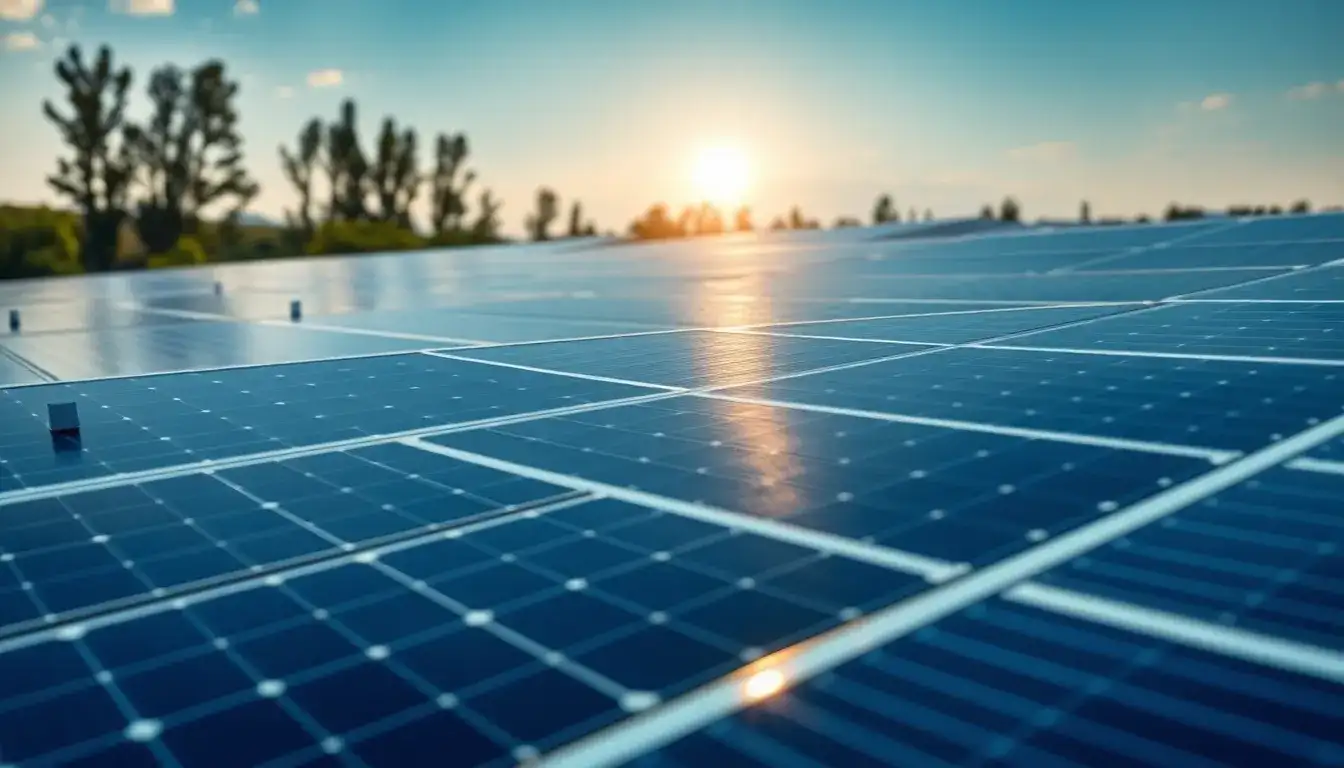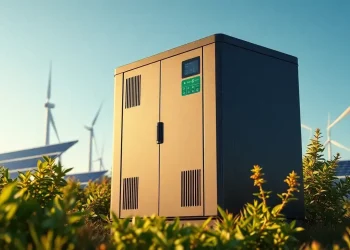
The photovoltaic industry is showing signs of recovery. Since hitting rock bottom in the second half of last year, prices for products such as crystalline silicon photovoltaic modules and photovoltaic-grade polysilicon have experienced varying degrees of rebound.
According to Ding Zhenyu, a senior investment advisor at Shaanxi Jufeng Investment Consulting Co., Ltd., in an interview with Shenzhen Securities Daily, “On the demand side, a surge in distributed photovoltaic projects driven by domestic ‘installation rush’ and a recovery in overseas markets have collectively spurred market demand. On the supply side, leading companies are actively controlling production capacity, coupled with inventory depletion of low-priced products from some secondary enterprises. Both supply and demand factors are driving the prices of photovoltaic products upward.”
Is this related to the “installation rush”? Data indicates that the price of crystalline silicon photovoltaic modules hit a low of $0.07 per watt in December last year, remaining at this level in January and February of this year before rebounding to $0.08 per watt in March. Meanwhile, photovoltaic-grade polysilicon has risen from a low of $4.36 per kilogram in July last year to a latest price of $5.04 per kilogram as of March 19.
“Since the Spring Festival, the prices of various photovoltaic products have been on the rise, with a particularly noticeable increase in module prices. Recent market trends show that some leading manufacturers have continued to raise their component prices, especially for high-efficiency modules, which are in high demand,” said Huang Tian, a professional in the photovoltaic industry.
There is a general consensus in the industry that the price increases in the photovoltaic supply chain are related to the “installation rush.” In January, the Management Measures for the Development and Construction of Distributed Photovoltaic Power Generation were released, stipulating that projects that were registered before this announcement and are set to be operational by May 1, 2025, will still operate under previous policies. The National Development and Reform Commission clarified in February that all electricity generated by renewable energy projects (including wind and solar) will largely enter the electricity market, with pricing determined through market transactions. Existing and new projects will be categorized based on a June 1, 2025, cutoff.
The implementation of these policies means that April 30 will serve as a critical deadline for adjustments to the grid access methods and electricity prices for commercial and industrial distributed photovoltaic projects, while May 31 marks the full market entry for new projects. In a bid to capitalize on existing policy benefits, companies are rushing to install systems ahead of these deadlines, significantly increasing demand for photovoltaic products.
Additionally, the gradual recovery in overseas markets is also contributing to the price increases of photovoltaic products. A report released by Guohai Securities in February noted that on February 11, European photovoltaic module prices rebounded for the first time after months of decline.
Moreover, industry self-discipline is beginning to yield results. In October last year, the China Photovoltaic Industry Association convened a meeting where several companies in the photovoltaic supply chain signed a self-discipline agreement to control production capacity, which has also been an important factor in driving price recoveries.
The rebound in photovoltaic product prices has positively impacted several listed companies. Recently, multiple A-share listed companies in the photovoltaic supply chain responded to investors’ concerns on the exchange’s interactive platform. A representative from Suzhou Kweichao Photovoltaic Electronics Co., Ltd. stated that the prices of the company’s main products correlate with fluctuations in downstream module prices, and the increase in market demand is beneficial for product sales. Similarly, a spokesperson from TCL Zhonghuan New Energy Technology Co., Ltd. mentioned that by the end of Q4 2024, wafer prices are expected to stabilize and rise gradually, emphasizing the company’s commitment to operational efficiency and innovation.
Market participants are closely monitoring future price trends. Analyst Chen Tianlang from Jibang Consulting (Shenzhen) Co., Ltd. stated, “In April, the demand for battery cells will continue to be strong. The visibility of orders for module manufacturers is improving rapidly, and production volumes are expected to rise further.”
However, as the “installation rush” comes to an end, demand is likely to shift. “After the rush subsides, we expect a potential decline in market demand for photovoltaic products, which will ease the current supply-demand tension. The industry will revert to the primary logic of ‘improving quality, reducing costs, and increasing efficiency,’ necessitating that companies continue to develop their technological and cost advantages, while the competitive landscape will keep evolving,” Ding Zhenyu concluded.
According to Zheng Lei, chief economist at Samoyed Cloud Technology Group, “In the segments of the photovoltaic supply chain, including polysilicon, wafers, battery cells, and modules, China’s photovoltaic industry has already established a dominant position globally. In the future, companies need to focus on R&D innovation and technological upgrades to further reduce the costs of photovoltaic power generation, enhancing competitiveness and solidifying China’s advantage in the photovoltaic sector.”







